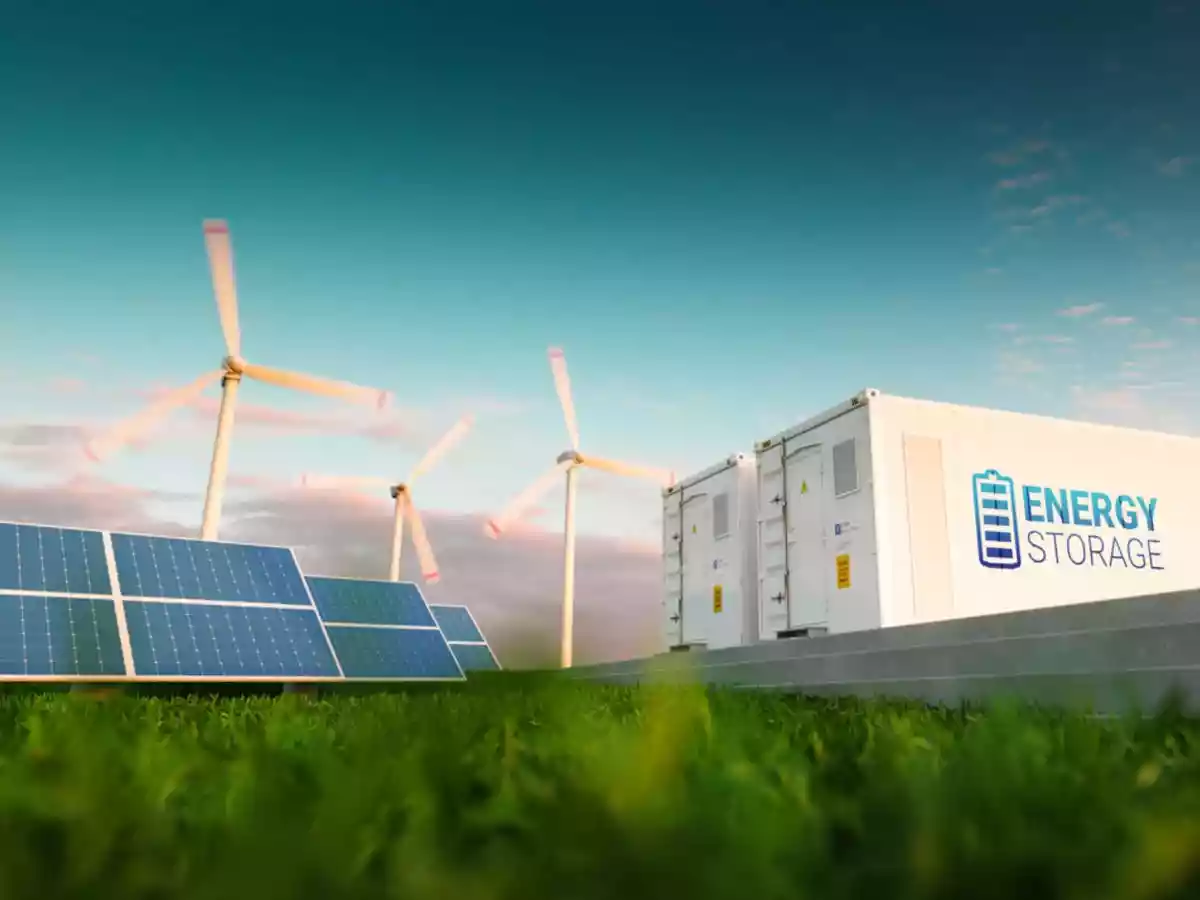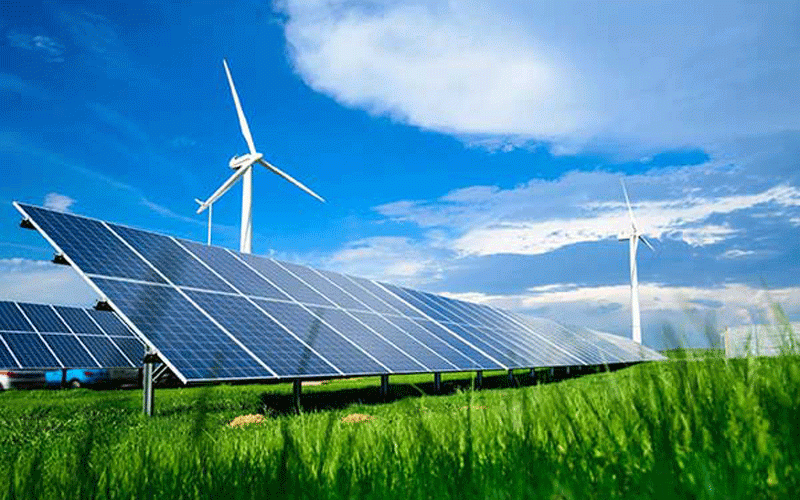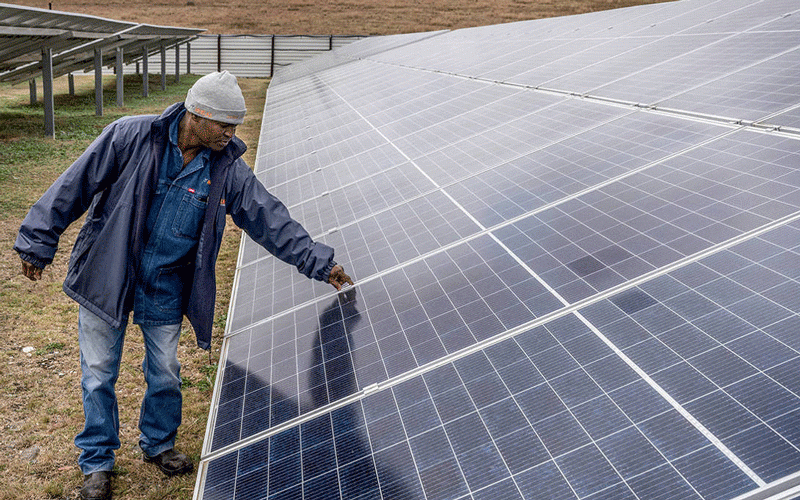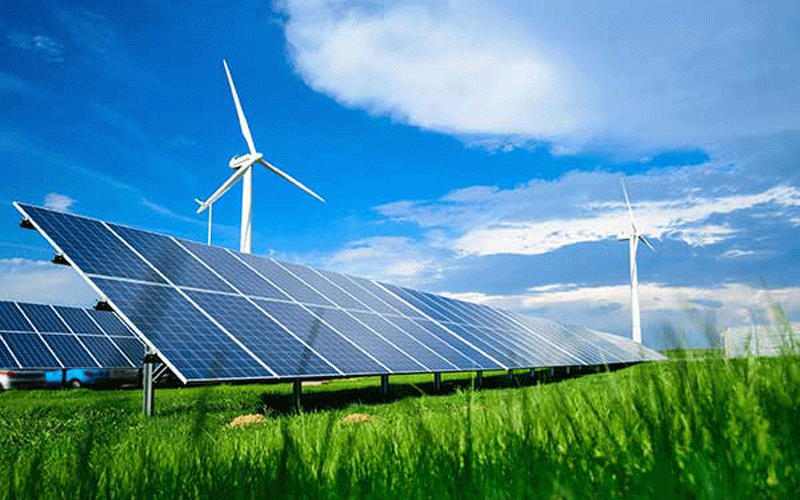
They say everything is bigger in Texas. And the state’s adoption of renewable battery energy storage systems (BESS) is no exception.
Across the US, battery storage capacity has been growing exponentially since 2021 and could increase by an additional 89% by the end of 2024 if developers bring all of the energy storage systems they have planned online by their intended commercial operation dates. Developers currently plan to expand US battery capacity to more than 30 gigawatts (GW) by the end of 2024. This capacity would exceed those of petroleum liquids, geothermal, wood and wood waste, or landfill gas, according to the US Energy Information Administration (EIA).
Texas has recently emerged as a leading US market for utility-scale energy storage. According to the EIA, Texas is expected to install 6.5GW of utility-scale batteries in 2024. On May 8, a new record output from BESS occurred with 3.2GW of batteries simultaneously discharging to the grid, serving 5.1% of the total Electric Reliability Council of Texas’ (ERCOT) load. These shifts coincide with increasing threats to Texas’ grid stability from volatile weather conditions such as hurricanes and winter storms, and rising demands straining its energy infrastructure.
A range of factors has pushed Texas to the forefront of this critical sector, including:
Ideal landscape for wind and solar energy generation
Texas has long been known for its wind-swept plains, but the state is also a prime location for solar farms due to land availability and abundant sunshine. ERCOT recently overtook the California Independent System Operator’s (CAISO) record for peak solar generation.
The growth of hybrid energy systems that combine storage technologies with wind and solar generation assets is expected to continue gaining traction in Texas. Incorporating energy storage into solar projects ensures a steady energy supply even in adverse weather conditions. Hybrid systems offer benefits from improved grid stability to increased renewable energy penetration and optimised asset utilisation.
Efficient market conditions
- Solar, wind still lead generating capacity additions
- Solar, wind still lead generating capacity additions
- Editor’s Memo: Future of power generation is green
- Why Texas is uniquely equipped for rapid growth in utility-scale battery storage
Keep Reading
Long known for being a proponent of free-market principles, Texas’ deregulated wholesale electricity market encourages competition and innovation. The ERCOT interconnection process is the most efficient of all U.S. wholesale markets, with the time from application to an executed interconnection agreement often taking less than a year to complete.
Increasing demand for grid resilience and reliability BESS’s impact on grid resilience is particularly important in Texas. The state’s vast and diverse geography exposes it to a wide range of weather phenomena, from scorching heat to severe storms — with the occasional bouts of below-freezing temperatures. These weather conditions and events exert immense pressure on the grid. During heatwaves, air conditioning usage spikes, placing significant strain on electricity supplies.
Energy storage can bolster Texas’ grid resilience from multiple angles. By smoothing out the fluctuations in renewable energy production, energy storage helps maintain a steady and reliable electricity supply regardless of weather variability. BESS contributes to peak shaving, which prevents short-term spikes in demand and helps lower the overall cost of electricity use for end consumers. It also eases congestion near load pockets, reducing the need for costly infrastructure upgrades.
Supportive regulatory environment
In addition to the Inflation Reduction Act extending Investment Tax Credit (ITC) policies to BESS, permitting policies in Texas tend to be more streamlined relative to other US markets. As energy storage technology evolves and economies of scale drive down costs, BESS usage will continue to thrive in Texas.
With several active projects in Texas, the Vesper Energy team has experienced the state’s rising demand for combined solar production and storage projects first-hand. As we navigate the complexities of the energy landscape, it’s clear that energy storage plays a pivotal role in ensuring grid stability and reliability.
Looking forward, we anticipate increased attention and innovation surrounding the following elements of BESS:
Advancements in battery technologies
Continued advancements in battery chemistry and manufacturing processes are expected to drive improvements in energy density, lifespan, and cost-effectiveness. Texas will likely see increased adoption of next-generation battery technologies such as solid-state batteries, flow batteries, and lithium-sulfur batteries. These options offer higher energy densities and longer cycle lives than traditional lithium-ion batteries.
Distributed energy resources, AI use, and transportation electrification
The rising interest in behind-the-meter storage systems at the residential, commercial, and industrial levels will continue to positively impact the grid, enhancing reliability and reducing peak demand. —Renewable Energy World









